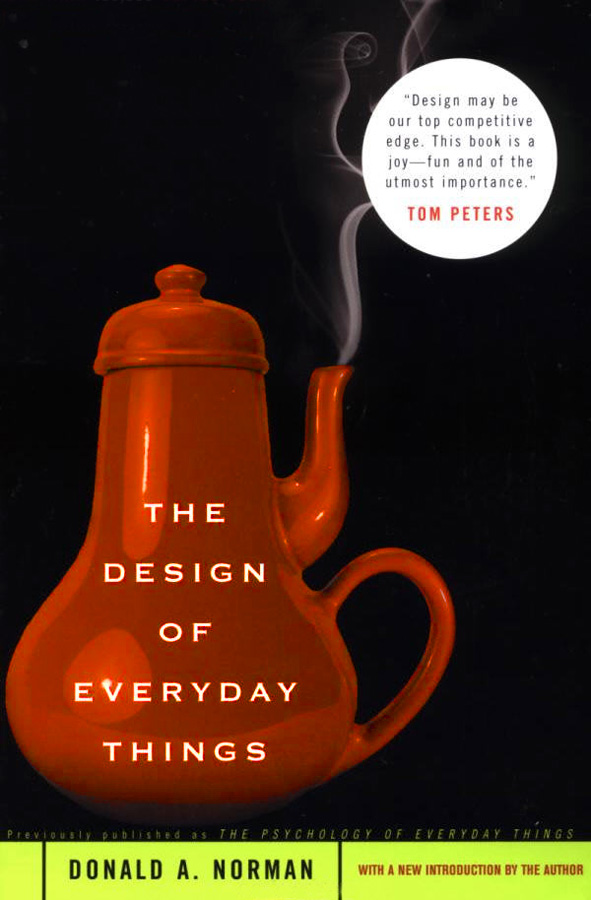Intro.
The system is a terrible thing. It draws you in by advertising a false sense of security and stability. It hijacks your life and holds you hostage. It hinders your thought process, stifles your creativity, and leaves you feeling frustrated. Consider your imagination murdered.
This is what being a product of our current education system is like. And it hasn’t been getting better. In fact, it’s been getting worse.
But I’m not here today to discuss how to make it better. I want to share how you can escape.
First, remember one fact.
If you had to remember one thing from this article, please let it be this. Regardless of the quality of our educational institutions, we are always in control of our life. We control our destiny. We are what we make ourselves. As students, this is something we never hear. We never hear that we can do whatever we put our minds to. We never hear that we can be the change we want to see in the world. I believe it is the most important realization in our life.
A quote from Steve Jobs exemplifies this fact perfectly:
“When you grow up you tend to get told the world is the way it is and
your life is just to live your life inside the world. Try not to bash into
the walls too much. Try to have a nice family, have fun, save a little money.
That’s a very limited life. Life can be much broader once you discover one simple fact: Everything around you that you call life was made up by people who were no smarter than you and you can change it, you can influence it, you can build your own things that other people can use.
Once you learn that, you’ll never be the same again.”
No matter how terribly our educational institutions may prepare us for life. We are ultimately in control of our destiny. No, this isn’t on the test. But, remember it anyway.
The System.
Homework. Testing. Memorization. I just summed up today’s education system in 3 words. If it isn’t on the test, it doesn’t matter. If it is, you better write it down so you can memorize it. When the test is over, who cares what you do with the meaningless information. It only exists in test form. Never is it applied in the real world in real context. Memorizing theory is no way to properly raise a generation.
Consider this: Why do most people go to college? I’ll bet my life that it’s not to gain a “well-rounded education” or to merely learn theory without context. Is 12 years of schooling not enough to make us well-rounded? Then why are we forced to take courses such as Humanities and Biology when our major is Engineering or Computer Science!
Most people go to college because it is considered a safe investment. It is still the safest route to the middle class even when 50% recent college grads are either unemployed or underemployed. Nevertheless, society continues to think highly of those with a degree. [see: The Problems With College]
Want to attend school or college, but avoid being a product of them both?
Escape.
I don’t believe that doors open up to us as we mature and gain experience. Rather, all of the doors are open at birth and close one by one as we mature and make choices. Choices must be made and doors will have to close. College is still the safest investment. But it closes many doors and reduces one’s overall potential success.
How does one minimize risk and maximize life potential? It’s a process of experiencing the best of both schooling and real world experience. You must manage your time effectively to be successful with both.
School is the easy part. Shut up, do what you’re told, and you’ll be fine. Avoiding the trap is the hard part. You must realize that formal schooling isn’t the best way to success. It may be the safest way to the middle class, but if you really want to excel, it takes much more than just a piece of paper. Make the effort in school, but realize that it’s just the beginning.
It’s time for the real world. Experiencing the real world when in high school or college is not difficult. Go volunteer. Get an internship. Start a company. Publish a book. Do independent projects. Lead a movement. This may sound like a lot of work. That’s why you choose something you’re passionate about. Only then will work be fulfilling and feel like play.
Be an autodidact. Learn every day. Read every day. You can learn anything on the Internet and in libraries. Write down what you learn and keep track of your progress on a blog.
Meet new people whenever you get the chance. You can learn something from anyone. Search out industry veterans and beg them to be a mentor. [see: The Future of Networking]
Closing.
Don’t be a cog in the machine. Be a linchpin and do something meaningful. Escape the system and take control of your destiny!

































